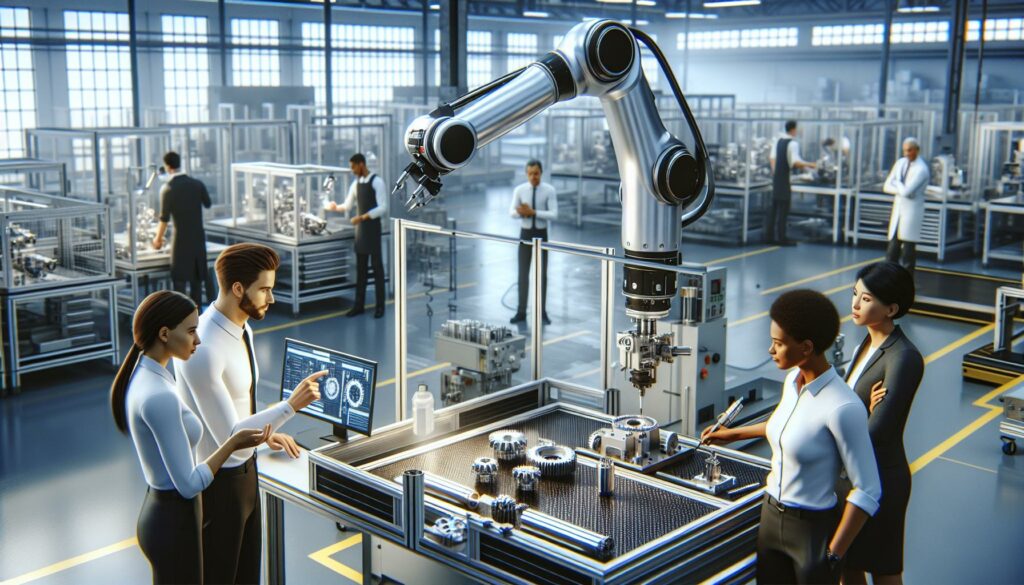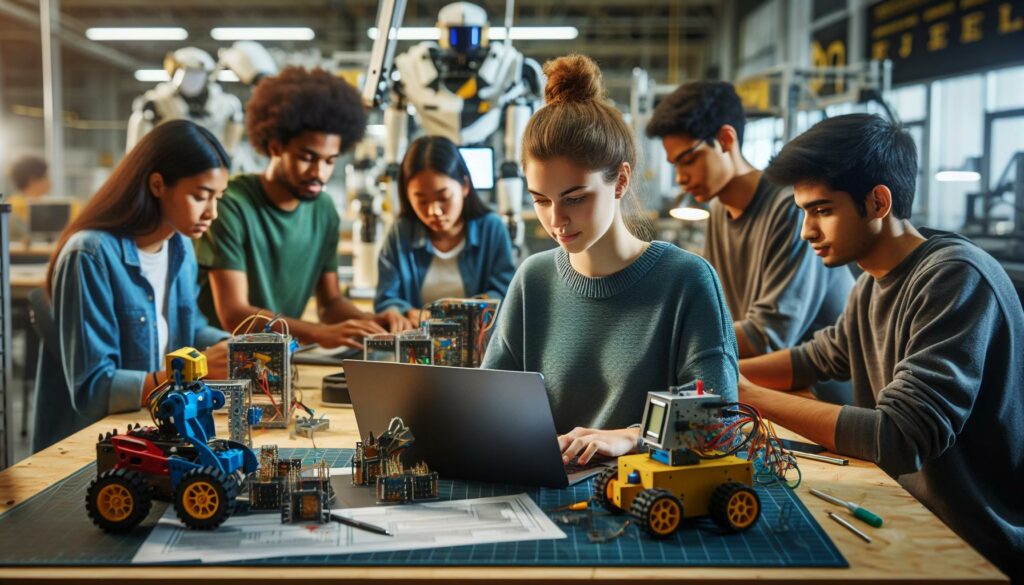As I dive into the world of manufacturing, it’s impossible to ignore the profound impact robotics has had on the industry. What effect has robotics had on manufacturing? From streamlining production lines to enhancing precision, robots are transforming how goods are made. The integration of these advanced machines not only boosts efficiency but also reshapes the workforce landscape.
I’ve seen firsthand how robotics can reduce human error and increase output, allowing companies to meet rising consumer demands. But it’s not just about productivity; robotics also sparks conversations about the future of work and the skills needed in this evolving environment. Join me as I explore the multifaceted effects of robotics on manufacturing and what it means for the industry moving forward.
Key Takeaways
- Enhanced Efficiency: Robotics automates repetitive tasks, leading to significant increases in productivity and reducing human error in manufacturing processes.
- Improved Safety: By taking on hazardous tasks, robots create a safer workplace environment, minimizing workplace accidents and injuries.
- Workforce Dynamics Shift: The integration of robotics leads to concerns over job displacement but also opens opportunities for specialized roles requiring technical skills.
- Economic Benefits: Companies leveraging robotics experience cost reductions of 20-40%, enhancing their competitiveness and market responsiveness.
- Emerging Trends: Advances in AI and the rise of collaborative robots (cobots) are shaping the future of manufacturing, enabling more efficient and flexible production processes.
What Effect Has Robotics Had on Manufacturing?
Robotics fundamentally transformed the manufacturing sector. These machines automate repetitive tasks, leading to increased efficiency and productivity. In factories, robotics handle assembly, welding, painting, and packaging with unmatched precision. This enhancement minimizes the risk of human error and improves product quality.
Robots also enable 24/7 operation, allowing manufacturers to meet soaring consumer demands. This capability results in shorter production cycles and faster time-to-market for products. For instance, automotive manufacturers utilize robots for assembly lines, drastically reducing vehicle production times.
Moreover, the integration of robotics fosters a safer workplace. These machines often perform hazardous tasks, reducing workplace accidents and injuries. By performing heavy lifting and working in dangerous environments, robots protect human workers.
As robotics technology advances, companies focus on collaboration between humans and robots, known as cobots. This synergy optimizes workflows, combining human ingenuity with robotic precision. Such collaboration addresses skills gaps, requiring workers to adapt and learn new technologies.
The economic implications of robotics in manufacturing are significant. The International Federation of Robotics reported over 2.7 million operational industrial robots worldwide as of 2020. Investments in robotics drive productivity, influence job displacement, and prompt workforce retraining.
Robotics profoundly impacts manufacturing through enhanced efficiency, improved safety, and innovative workforce dynamics. These advancements shape the future landscape of the industry, prompting manufacturers to adapt continuously.
Impact on Efficiency and Productivity

Robotics significantly enhances efficiency and productivity in manufacturing. These advanced machines transform various processes through automation and precision, leading to remarkable improvements in output and quality.
Automation of Repetitive Tasks
Robots automate repetitive tasks with speed and consistency. By taking over roles such as assembly, welding, and packaging, robots reduce the reliance on manual labor. This automation minimizes human error, ensuring a higher standard of quality in products. For instance, in a typical automotive assembly line, robots can perform repetitive tasks like welding and painting thousands of times more accurately than a human worker. As a result, manufacturers achieve a steady output, enabling them to scale production rapidly while maintaining lower operational costs.
Speed and Precision Improvements
Robots operate at a speed far surpassing human capabilities. Their ability to work continuously without breaks leads to shorter production cycles. Studies indicate that the introduction of robotics in manufacturing can increase output by up to 30%. Moreover, robots execute tasks with exceptional precision, which reduces waste and enhances product quality. For example, in the electronics industry, robots assemble components with a tolerance of just a few micrometers, significantly improving the final product’s reliability. Such speed and precision create a competitive advantage for manufacturers, allowing them to meet tight deadlines and demanding consumer expectations effectively.
Changes in Workforce Dynamics
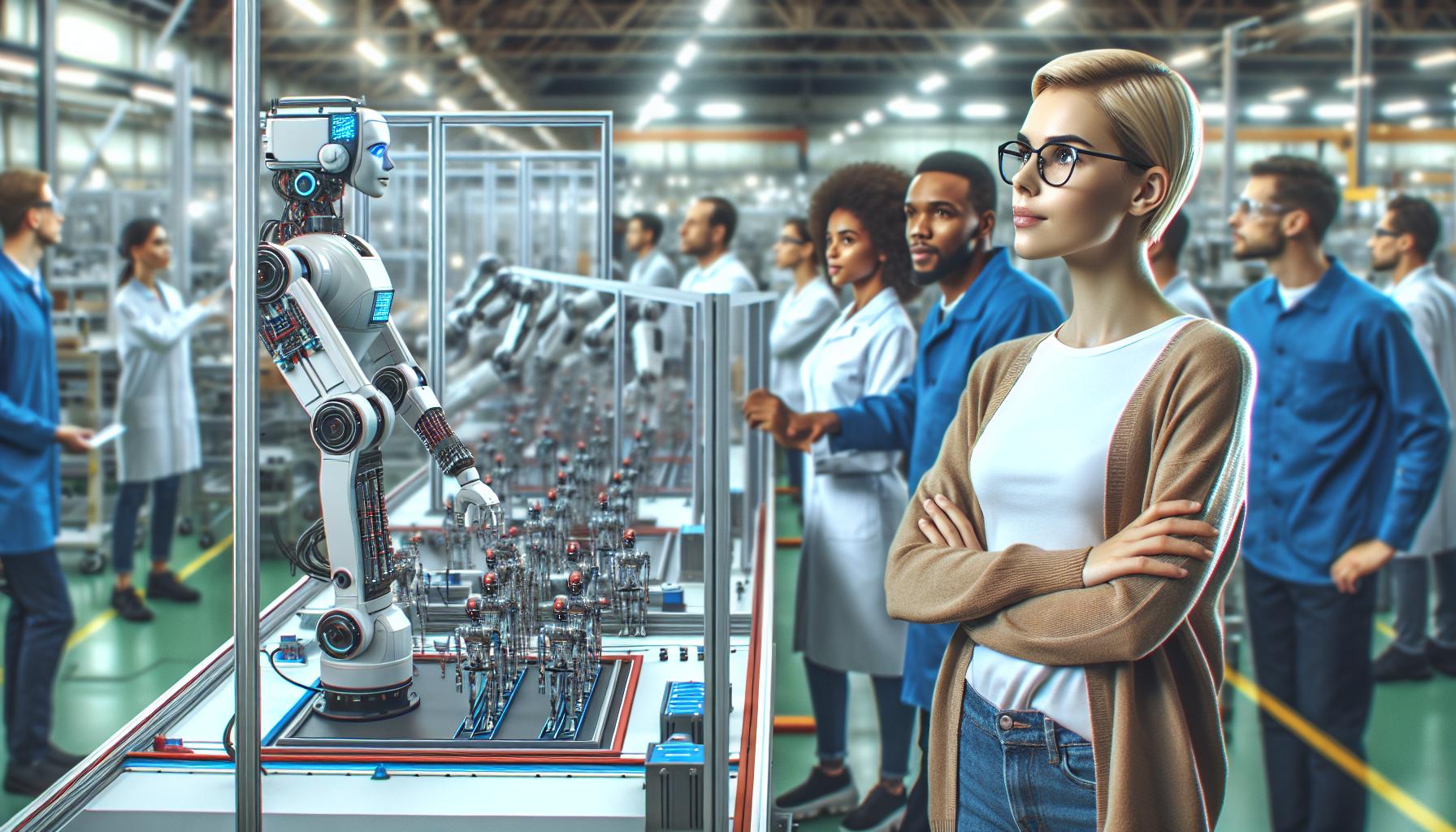
Robotics has altered workforce dynamics significantly in the manufacturing sector. Employment patterns are shifting, leading to increased concern over job displacement and the necessity for new skill sets.
Job Displacement Concerns
Job displacement arises as robots replace repetitive tasks traditionally performed by humans. Reports indicate that up to 20 million manufacturing jobs could be lost by 2030 due to automation technologies. This shift places pressure on workers in sectors where robotics takes over tasks like assembly and inspection. While job loss creates anxiety, it also highlights the opportunity for growth in more specialized roles that robotics can’t fulfill.
New Skill Requirements
The rise of robotics necessitates new skill requirements in manufacturing. Companies seek workers proficient in operating, programming, and maintaining robots. Skills in data analysis, machine learning, and software interaction become increasingly valuable. Training programs and partnerships between educational institutions and manufacturers focus on equipping the workforce with these essential skills. A shift in educational curricula toward technical and engineering disciplines ensures the workforce adapts to this changing landscape.
Economic Implications
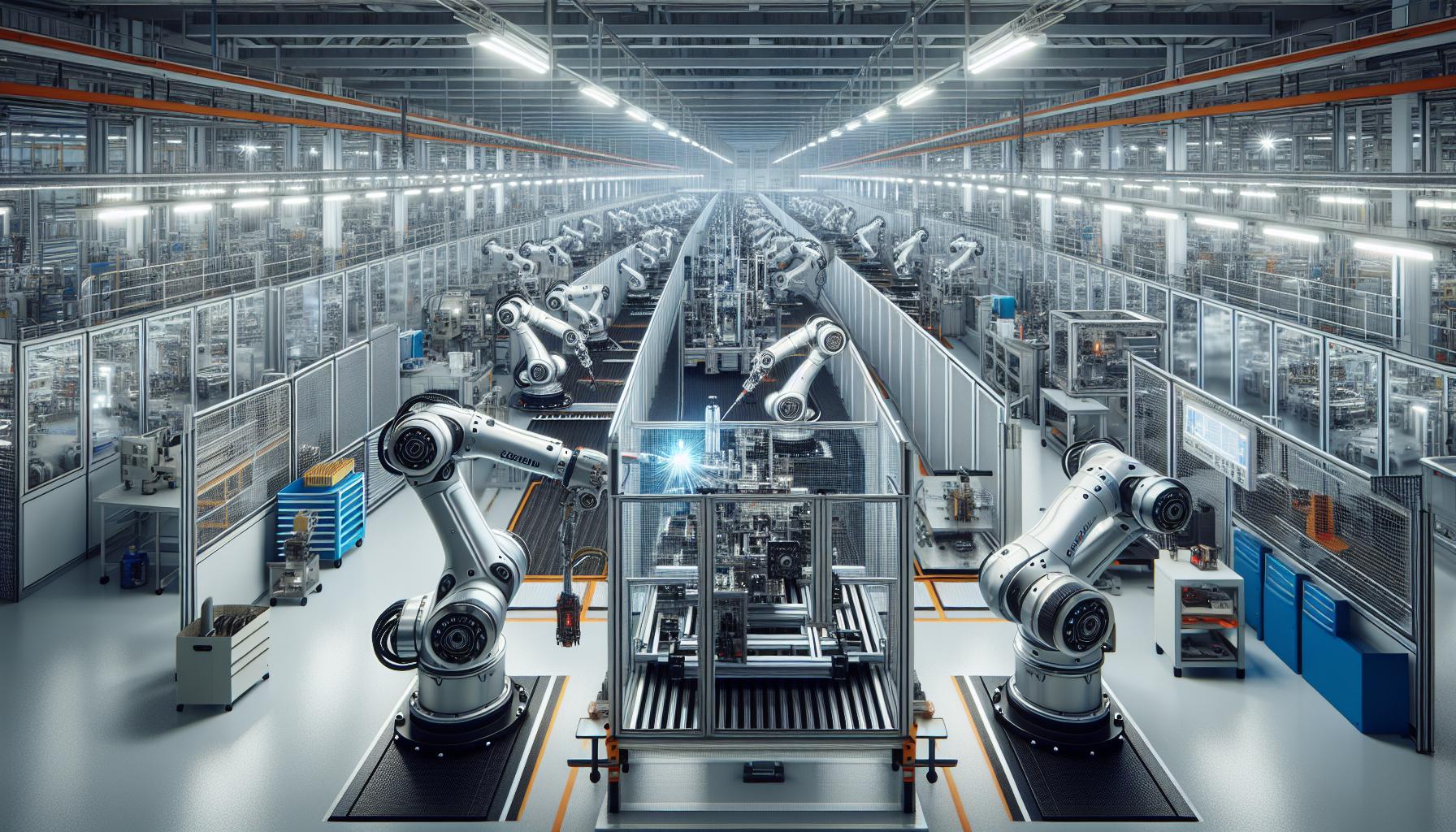
Robotics significantly reshapes the economic landscape of manufacturing. These advanced technologies drive cost efficiencies and enhance competitiveness in various sectors.
Cost Reduction
Cost reduction stands as a primary economic benefit of robotics in manufacturing. Traditional production methods often involve substantial labor costs, which decrease as robots automate repetitive tasks. Companies that adopt robotics experience lower labor expenses, with savings estimated at 20-40% in certain operations. For instance, in automotive plants, the introduction of robotic systems for welding and assembly minimizes not only labor costs but also reduces error rates, leading to decreased material wastage. Besides direct cost savings, robots’ ability to operate continuously translates to higher output without the burden of overtime pay or employee benefits.
Increased Competitiveness
Increased competitiveness emerges as a direct consequence of implementing robotics in manufacturing. Automation augments production speed and precision, allowing manufacturers to respond swiftly to market demands. Firms that integrate robotics can produce goods faster and at a consistent quality level, which provides a significant advantage over competitors relying on traditional labor-intensive methods. Market research indicates companies that utilize robotics can achieve up to 30% improvement in production efficiency, helping them capture larger market shares. Furthermore, robotics enables manufacturers to innovate and develop high-quality products tailored to consumer preferences, thereby reinforcing their position in a competitive marketplace.
Future Trends in Robotics for Manufacturing
Robotics technology continues to evolve, influencing the future of manufacturing. Key trends include advances in AI and machine learning, as well as the rise of collaborative robots.
Advances in AI and Machine Learning
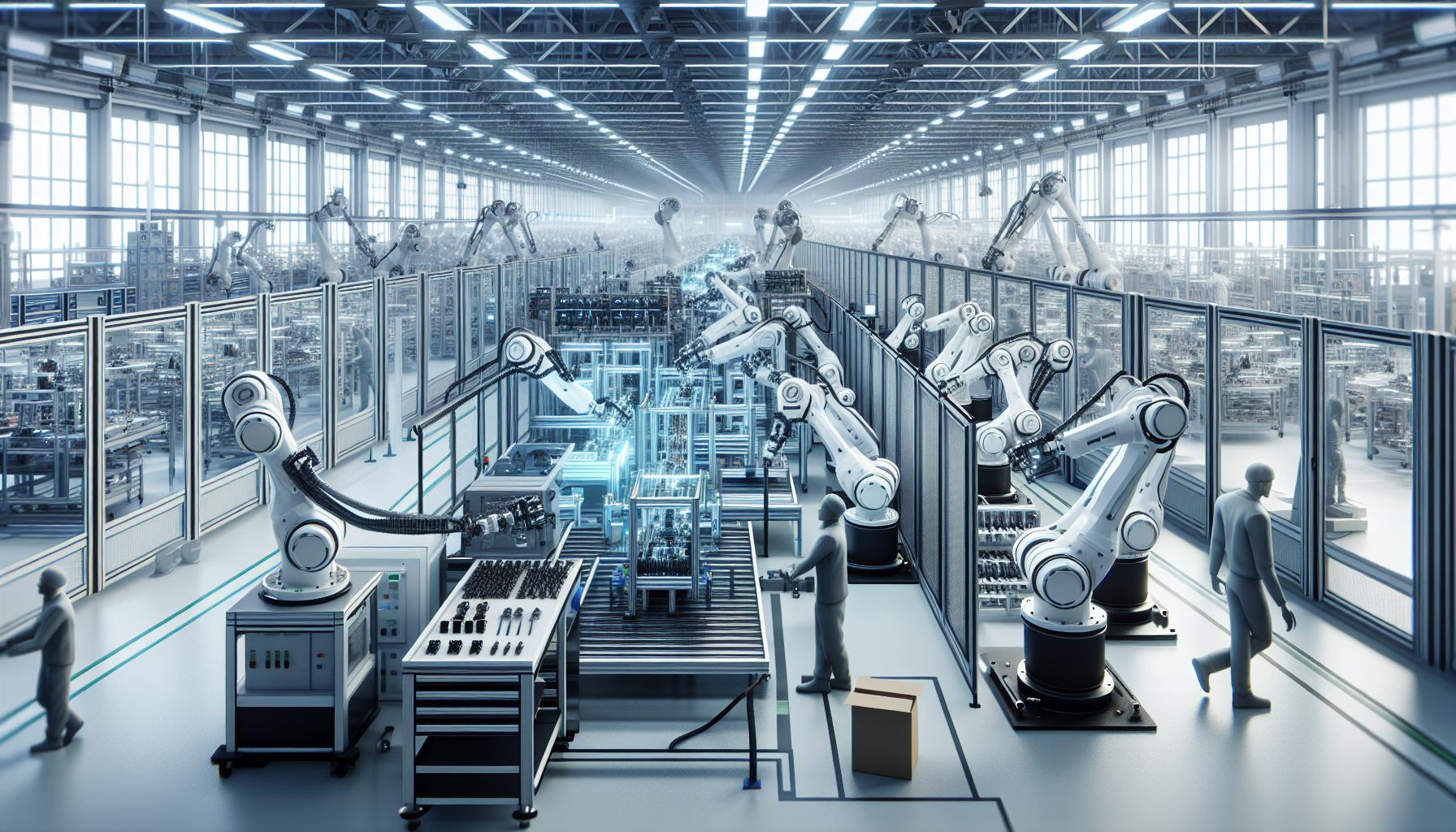 Advances in AI and machine learning significantly enhance robotic capabilities. These technologies enable robots to analyze large data sets, improving decision-making processes in real-time. Robots equipped with AI can adapt to changes in production lines, optimizing workflows without human intervention. For instance, predictive maintenance algorithms detect potential equipment failures before they occur, reducing downtime and maintenance costs. Moreover, AI-driven robots can learn from past performance, increasing efficiency by as much as 25% in dynamic manufacturing environments. Manufacturers adopting these technologies gain a competitive edge through enhanced operational capabilities and reduced production costs.
Advances in AI and machine learning significantly enhance robotic capabilities. These technologies enable robots to analyze large data sets, improving decision-making processes in real-time. Robots equipped with AI can adapt to changes in production lines, optimizing workflows without human intervention. For instance, predictive maintenance algorithms detect potential equipment failures before they occur, reducing downtime and maintenance costs. Moreover, AI-driven robots can learn from past performance, increasing efficiency by as much as 25% in dynamic manufacturing environments. Manufacturers adopting these technologies gain a competitive edge through enhanced operational capabilities and reduced production costs.
Collaborative Robots (Cobots)
 Collaborative robots, or cobots, represent a transformative trend in manufacturing. Cobots work alongside human operators, enhancing productivity while ensuring workplace safety. These robots simplify programming and require less technical expertise, enabling quicker integration into production lines. For example, in electronics assembly, cobots handle delicate tasks like component placement, allowing human workers to focus on complex operations. The use of cobots increases flexibility, as they can be easily reconfigured for different tasks without extensive downtime. Reports indicate that the market for cobots is projected to grow significantly, with an expected increase of over 40% annually through 2025. This growth reflects the shift towards a symbiotic relationship between humans and robots, fostering a more efficient manufacturing environment.
Collaborative robots, or cobots, represent a transformative trend in manufacturing. Cobots work alongside human operators, enhancing productivity while ensuring workplace safety. These robots simplify programming and require less technical expertise, enabling quicker integration into production lines. For example, in electronics assembly, cobots handle delicate tasks like component placement, allowing human workers to focus on complex operations. The use of cobots increases flexibility, as they can be easily reconfigured for different tasks without extensive downtime. Reports indicate that the market for cobots is projected to grow significantly, with an expected increase of over 40% annually through 2025. This growth reflects the shift towards a symbiotic relationship between humans and robots, fostering a more efficient manufacturing environment.
Effect of Robotics
Robotics has undeniably reshaped the manufacturing landscape in ways I never imagined. What effect has robotics had on manufacturing? The efficiency and precision these machines bring are game-changers for productivity and product quality. As I observe the industry evolve, it’s clear that while some jobs may be displaced, new opportunities are emerging for skilled workers.
The collaboration between humans and robots is a promising trend that enhances workflows and addresses skill gaps. As manufacturers embrace this technology, they not only improve their competitiveness but also set the stage for a safer and more innovative work environment. The future of manufacturing is bright with robotics at the helm, and I’m excited to see how it continues to unfold.

